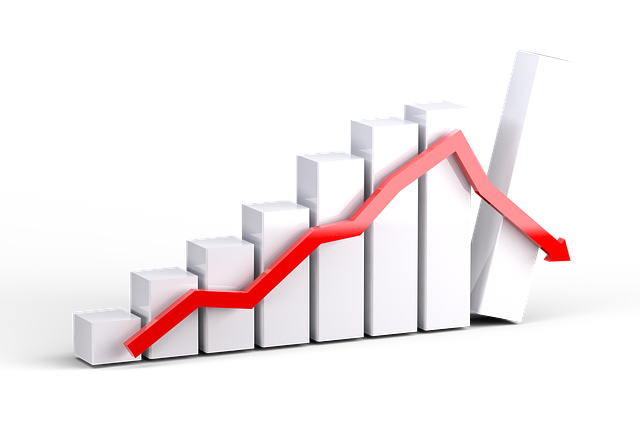As the majority of large, global reinsurance companies opted to increase their natural catastrophe exposure in light of the improved rate environment, analysts at S&P have warned that while discipline is expected to persist, earnings and capital volatility could be on the rise for some.
 After a prolonged soft market cycle, underpinned by falling rates and intense competition from both alternative and traditional sources, many reinsurers have been taking advantage of subsequent rate increases and growing their exposure in loss-affected regions and lines.
After a prolonged soft market cycle, underpinned by falling rates and intense competition from both alternative and traditional sources, many reinsurers have been taking advantage of subsequent rate increases and growing their exposure in loss-affected regions and lines.
While this has been the case for the majority of the large reinsurance players, some decided not to grow in the current market and have let their exposure in these areas retract as they did in 2018.
This divergent approach to the pricing response by global reinsurers has been highlighted by international financial services ratings agency, S&P.
Analysts have warned that while “we expect risk discipline to prevail, global reinsurers’ greater exposure to catastrophe risk could heighten their earnings and capital volatility.”
The ratings agency notes that on average, reinsurers’ P&C risk appetite at a 1-in-250-year return period increased to 29% of shareholder equity, while some firms witnessed a reduction of more than five percentage points.
“Although global reinsurers have maintained their underwriting discipline, we expect earnings volatility could be higher than historically observed, where exposure has increased. The sector remains resilient to extreme events, but we expect a larger industry loss would hit more reinsurers,” says S&P.
According to S&P’s analysis, were a 1-in-100-year event to hit, driving losses well above $200 billion across the industry, only 12 out of the top 20 global reinsurers would maintain their current S&P capital adequacy level.
Despite the impacts of catastrophe events in 2017 and 2018, of which a substantial 20% of 2018 cat losses were assumed by the top 20 global reinsurers, the group’s capital adequacy does remains strong. This suggests that there exists a sizeable cushion against catastrophe risk exposure for the group of reinsurance companies, says S&P.
The 2018 natural catastrophe losses were 50% above the reinsurers’ budgeted level, says S&P, although this remained lower than the modelled annual loss expectation of $86 billion for the insurance industry, as reported by cat risk modeller AIR Worldwide.
In aggregate, the group of top 20 reinsurers has budgeted cat losses in 2019 of around $11 billion and, S&P states that at this level, it forecasts that this group would report pre-tax profits of roughly $22 billion in 2019, which leaves a buffer of around $33 billion before capital would be hit in a severe nat cat stress scenario.
S&P raises an interesting point. Much of the discussion in recent weeks has been around the improved rating environment and the fact reinsurers are hopeful of improved profits moving forward, with rate momentum expected to persist into 2020. However, the Atlantic hurricane season is underway, and it only takes one major landfalling event to seriously alter dynamics, which, for those that increased their exposure would lead to higher losses.


